13 Wild Animals in Eswatini [Wildlife in Eswatini]
Want to know more about the wildlife in Eswatini (Swaziland)?
Discover 13 wild animals in Eswatini in this post, as well as interesting facts about them. 🇸🇿
Learn All About Liswati Animals
Ready to learn all about Liswati animals?
I’ve always been fascinated by animals, and by how they can be so different from one country to another. In this guide, we’ll focus on the many animals Eswatini has on the land, in the sky, and underwater.
I’ve split the guide into 4 categories:
- Native animals from Eswatini
- Endangered animals of Eswatini
- What is the national animal of Eswatini?
- How many animals native to Eswatini?
Let’s dive in right away with our first category!
Native Animals from Eswatini
Eswatini (formerly known as Swaziland) is a small landlocked African country located in the southern part of the continent, surrounded by South Africa and Mozambique. It is one of the smallest African countries, has a diverse climate and biodiversity, is an absolute monarchy, and used to be a British colony. It is bordered by Mozambique and South Africa, and while its largest city is Manzini, its legislative capital is Lombamba and its capital is Mbabane, which counts more than 94,000 inhabitants.
An interesting part of the country that I wanted to tackle is its wildlife. In light of that, I have listed the best of it, and I hope you will love learning what animals live in Eswatini.
Here’s the Eswatini animals list.
1. Blue wildebeest
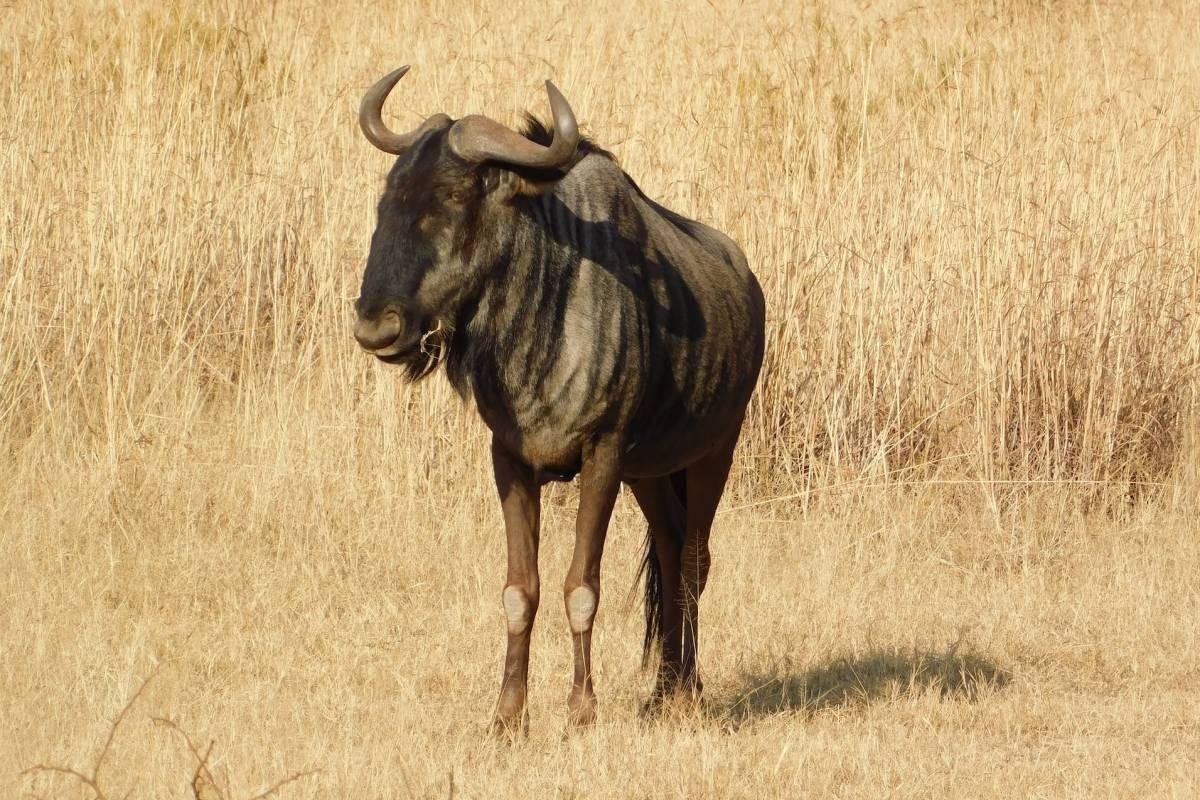
- Name: Blue wildebeest
- Scientific name: Connochaetes taurinus
- Conservation status:
The blue wildebeest, also known as the white-bearded gnu, the brindled gnu, the common wildebeest, or the white-bearded wildebeest, is a large species of antelope native to southern Africa.
It lives in large herds in short-grass plains, usually in neither wet nor arid areas. It can very rarely be found at altitudes over 2,100 m / 6,900 ft, and participates in long-distance migrations every year.
2. African leopard
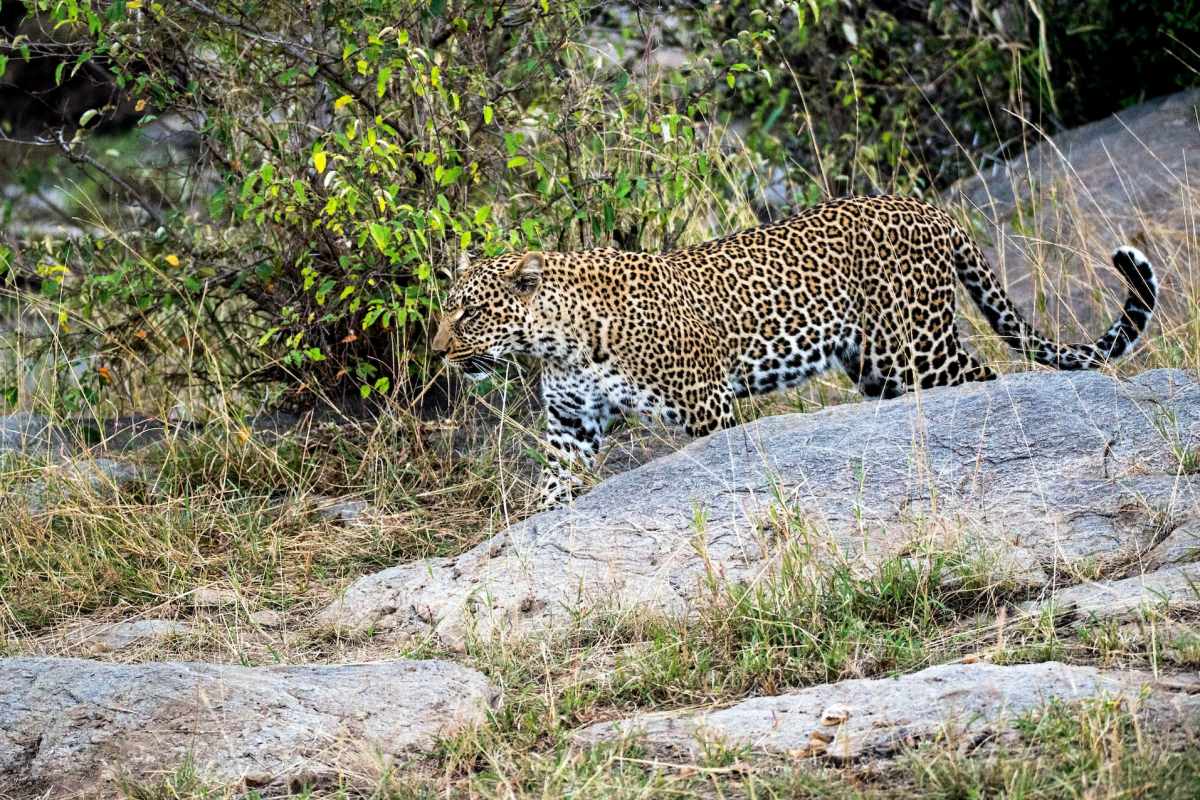
- Name: African leopard
- Scientific name: Panthera pardus pardus
- Conservation status:
The African leopard is a subspecies of the leopard native to much of sub-Saharan Africa. While its range used to be much wider, it seriously suffered from habitat conversion over the years, and now has much more fragmented and isolated populations.
This felid inhabits a wide range of habitats and can adapt to many different food sources. Its preferred prey remain antelopes and ungulates, but it can also feed on much smaller targets such as hares and arthropods.
3. Hippopotamus
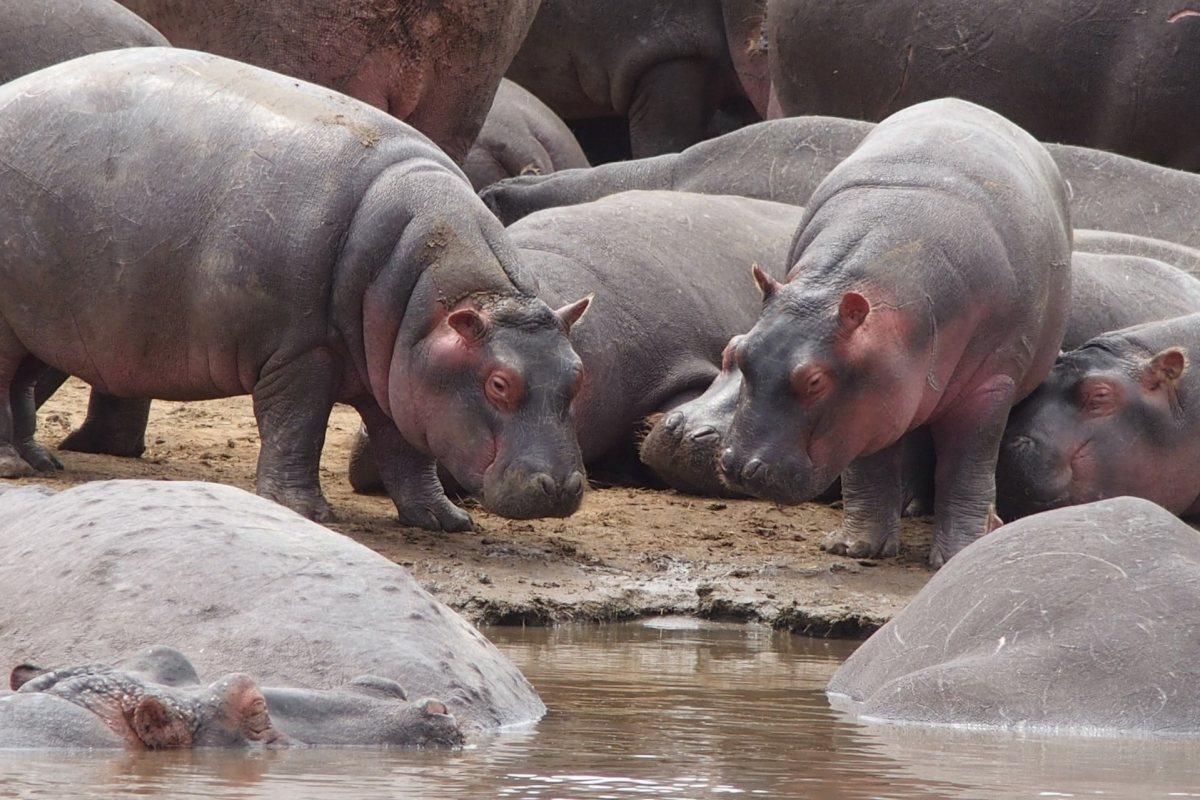
- Name: Hippopotamus
- Scientific name: Hippopotamus amphibius
- Conservation status:
The hippopotamus, also known as the common hippopotamus, the river hippopotamus, or simply the hippo, is a large species of semi-aquatic ungulate native to much of sub-Saharan Africa. While its former range extended as far north as the Nile River banks and the Mediterranean, its populations are now small and scattered across the continent.
This mammal inhabits the mangrove swamps, lakes, and rivers of Eswatini, and is strongly territorial.
4. Mohol bushbaby
- Name: Mohol bushbaby
- Scientific name: Galago moholi
- Conservation status:
The Mohol bushbaby is a medium-sized species of primate native to the southern Afrotropics. It is characterized by a grayish-white body and yellowish hands and feet. Its tail is a bit darker than the rest of its body, but it is not bushy, opposite to many bushbabies.
This primate primarily feeds on insects and gum it extrudes from acacia trees. In the winter, it moves on the ground between the trees but usually travels arboreally during the wet summer season.
5. Rock hyrax
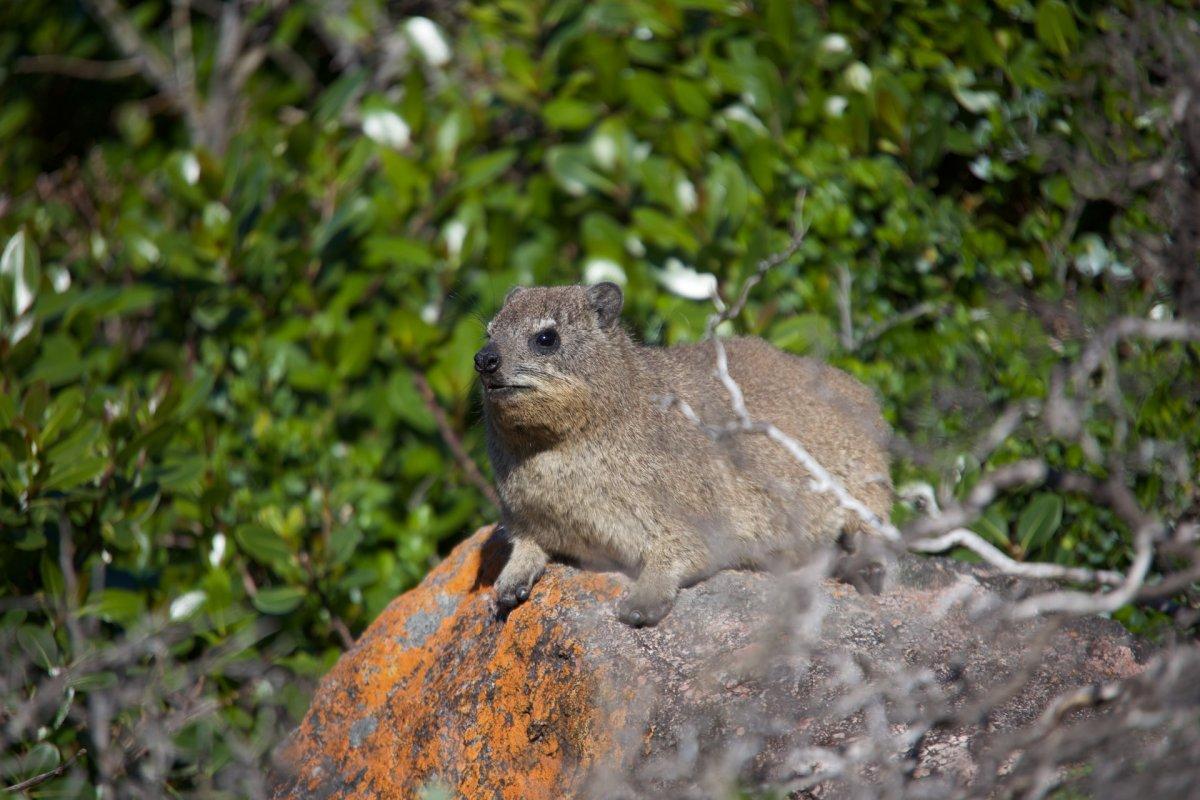
- Name: Rock hyrax
- Scientific name: Procavia capensis
- Conservation status:
The rock hyrax, also known as the coney, the dassey, the rock rabbit, or the Cape hyrax, is a medium-sized species of terrestrial very closely related to elephants, believe it or not. It can be found from sea level up to 4,200 m / 13,800 ft above it, and lives in rocky areas with crevices it can use to escape predators.
This animal is very widespread and common throughout its range, and it is not threatened whatsoever, even being considered a minor pest in some countries such as Israel, Ethiopia, and Jordan.
6. Vervet monkey
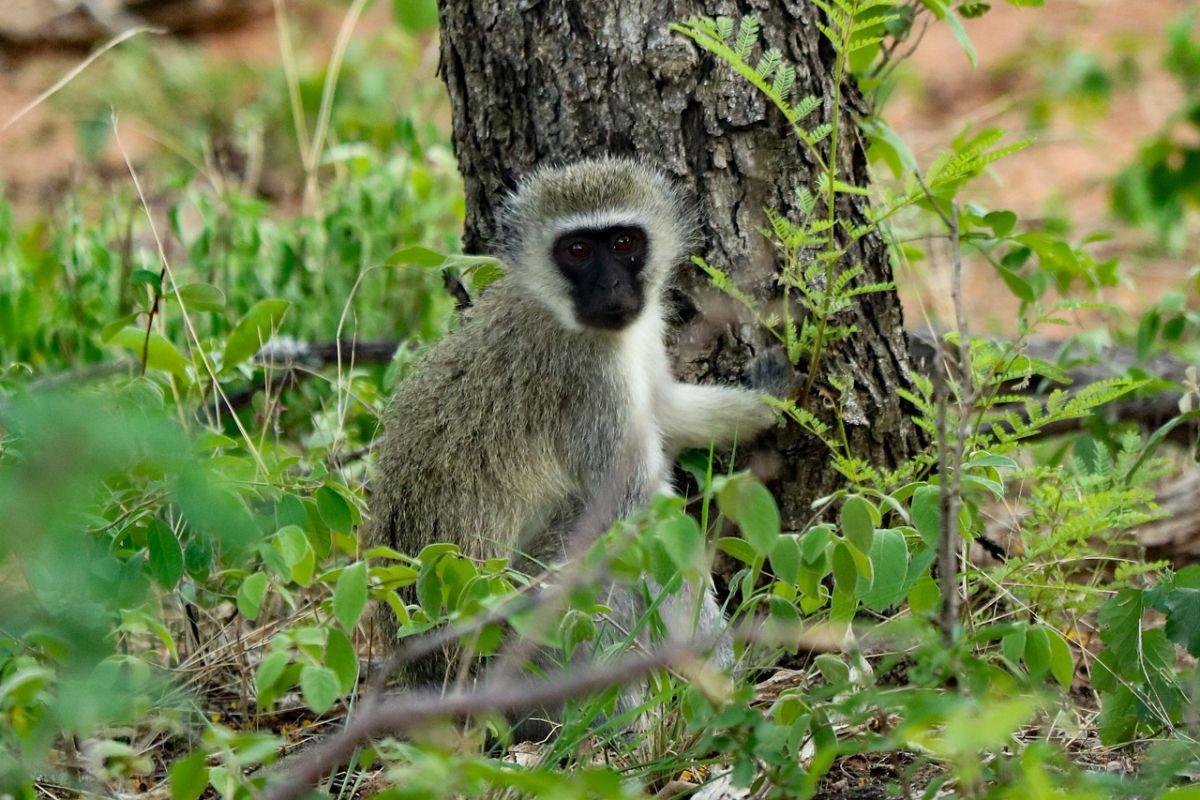
- Name: Vervet monkey
- Scientific name: Chlorocebus pygerythrus
- Conservation status:
The vervet monkey, also simply known as the vervet, is a species of Old World monkey native to eastern and southern Africa. It has also been introduced to other parts of the world, such as Florida, Barbados, and Cape Verde.
This monkey plays a particularly important role in understanding the social and genetic behaviors of humans, as it is known to have human-like features such as hypertension, dependent alcohol use, and anxiety.
7. Southeast African cheetah
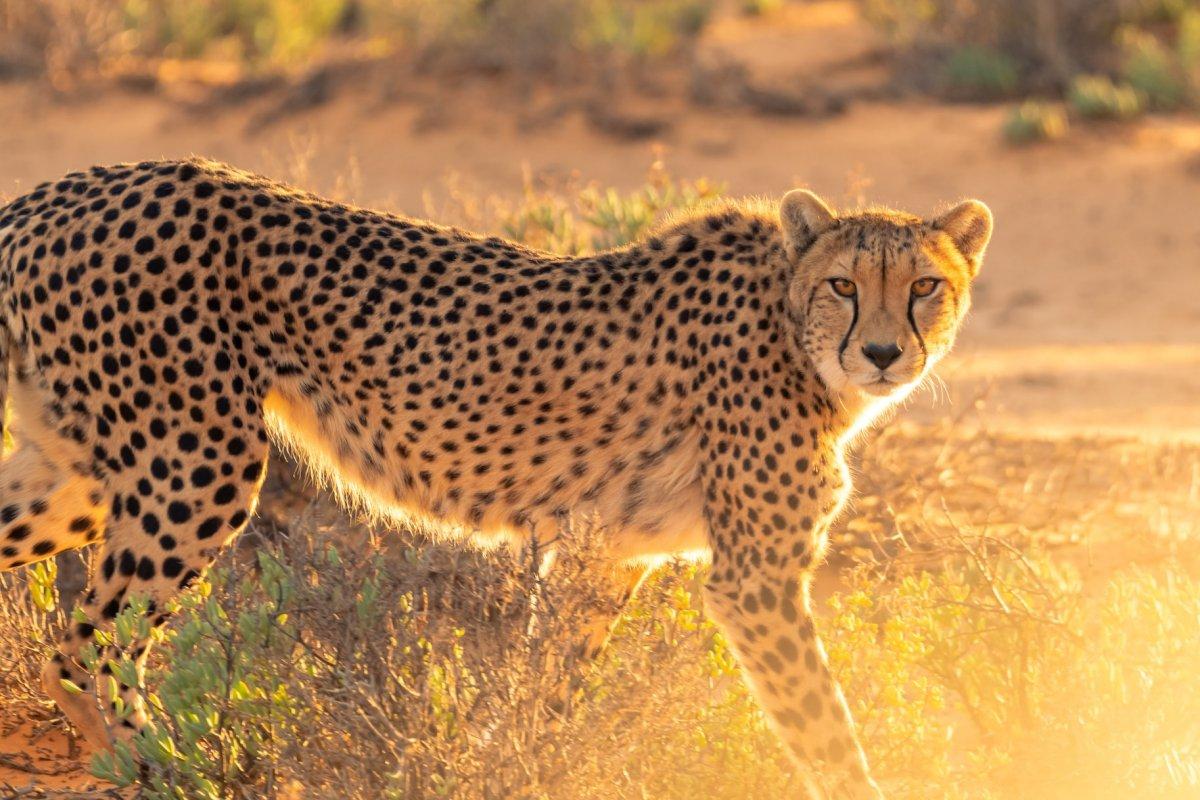
- Name: Southeast African cheetah
- Scientific name: Acinonyx jubatus jubatus
- Conservation status:
The Southeast African cheetah is a subspecies of the cheetah, the fastest terrestrial animal in the world. It can be found in southern and eastern Africa and inhabits the deserts and lowland areas of Eswatini.
The Southeast African cheetah was completely extinct in Eswatini, but 3 specimens were reintroduced into the Hlane Royal National Park of the country in 1997, and they now live in the largest protected area of Eswatini.
8. African bush elephant
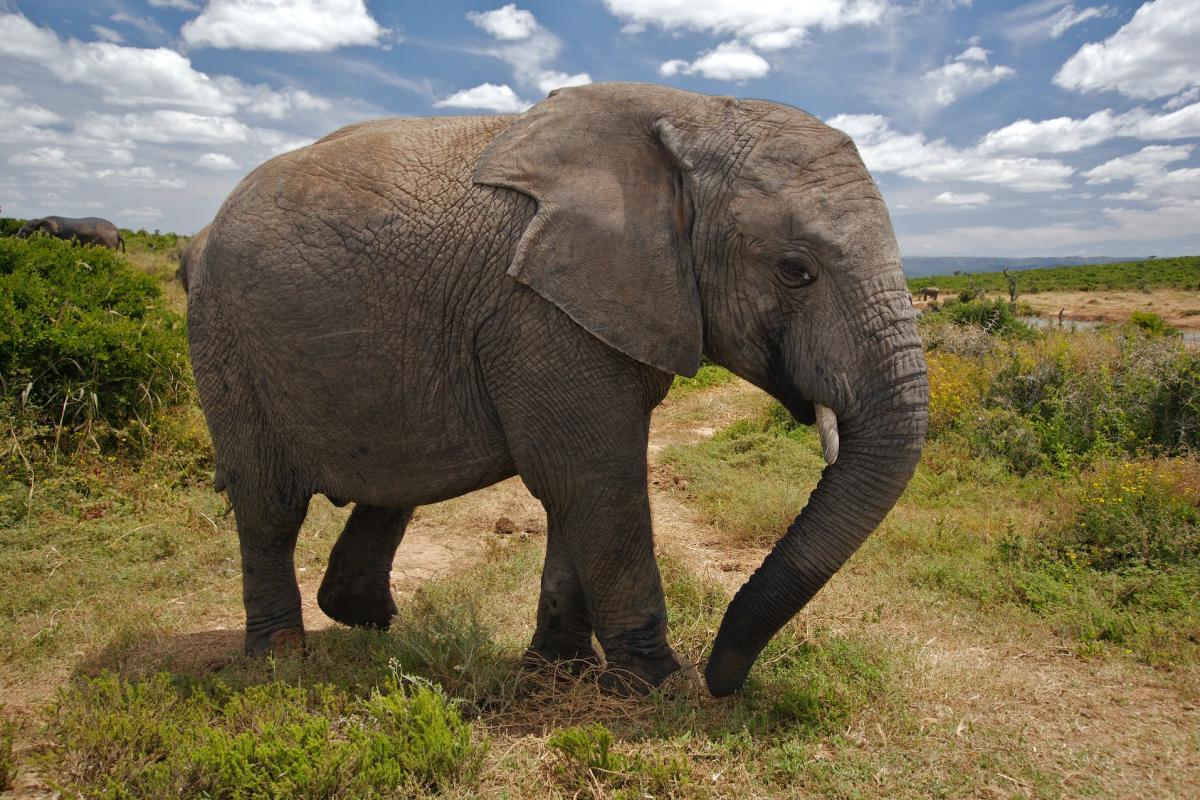
- Name: African bush elephant
- Scientific name: Loxodonta africana
- Conservation status:
The African bush elephant, also known as the African savanna elephant, is another of Africa’s main wildlife symbols. Sadly, it is also one of the most threatened ones, primarily due to habitat fragmentation, degradation, and loss, as well as poaching for its ivory and meat.
The largest terrestrial animal on the planet can be found in 37 African countries, although its populations are small and fragmented. It has a record gestation period of 22 months, the longest of any mammal.
9. Aardwolf
- Name: Aardwolf
- Scientific name: Proteles cristata
- Conservation status:
The aardwolf is a peculiar species of mammal that you might have never heard of. Also known as the civet hyena, the termite-eating hyena, or the maanhaar-jackal, it is an insectivorous mammal and primarily feeds on insects and their larvae, mainly termites, although considered a carnivore.
This mammal inhabits the shrublands of Eswatini, and after resting in burrows throughout the day, it emerges at night in search of food.
10. African fish eagle
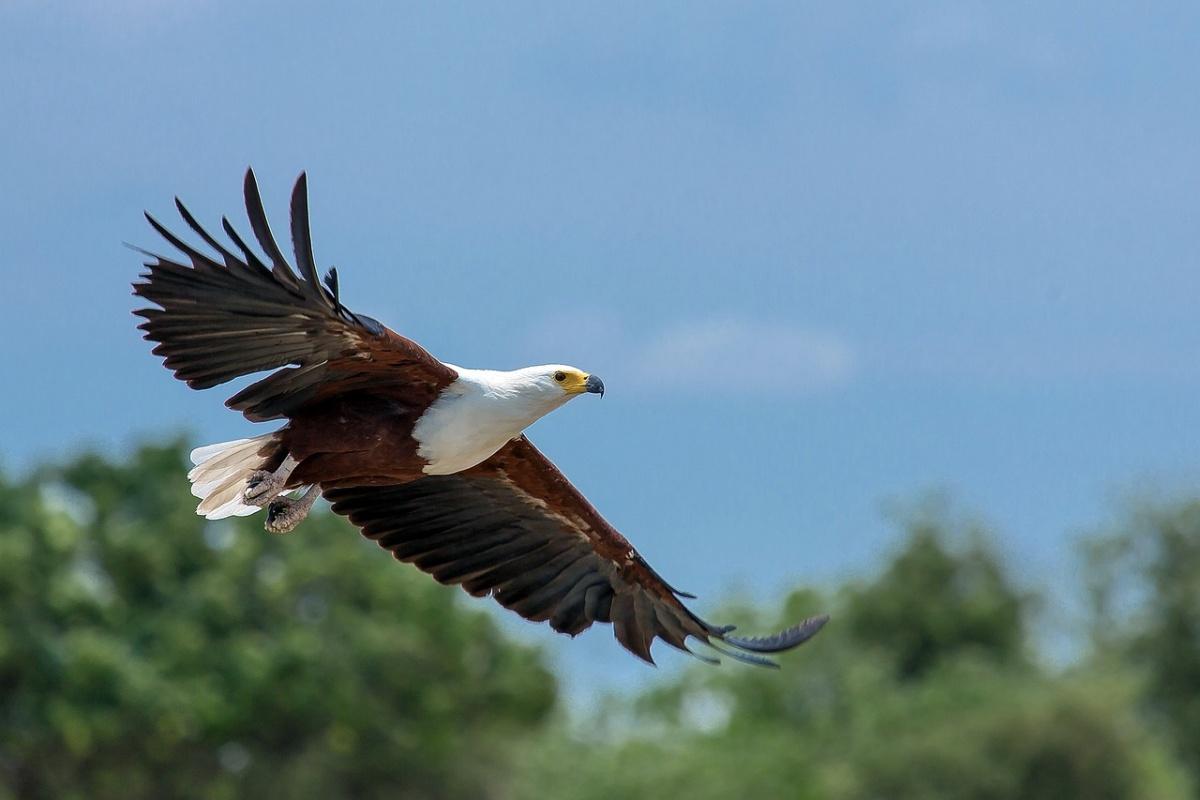
- Name: African fish eagle
- Scientific name: Haliaeetus vocifer
- Conservation status:
The African fish eagle, also known as the African sea eagle, is a large species of bird of prey native to much of sub-Saharan Africa. It can be found near bodies of water, whether that is inland lakes or open oceans, and, as its name suggests, almost exclusively feeds on fish.
This eagle is one of the most important raptors in Africa, being present in many countries, and representing pride and freedom: it is the national bird of Namibia, Zimbabwe, Zambia, and Malawi.
11. Southern African lion
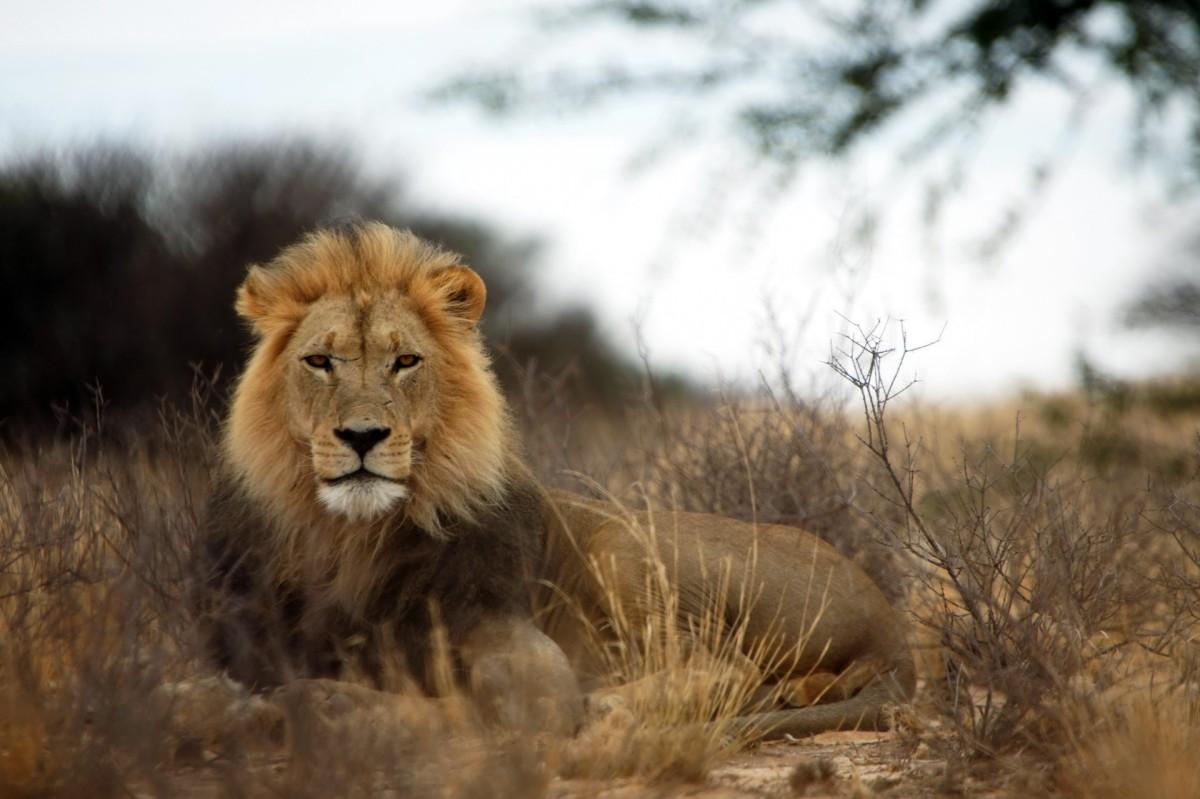
- Name: Southern African lion
- Scientific name: Panthera leo melanochaita
- Conservation status:
Yes, the most emblematic African animal, the king of the jungle, is present in Eswatini. Also known as the Southern lion, the Southern African lion is the subspecies of the lion found in eastern and southern Africa. It is seriously threatened by the depletion of prey, habitat loss, and poaching.
This felid usually hunts in groups and prioritizes ungulates such as giraffes and buffalos for its prey.
12. Cape vulture
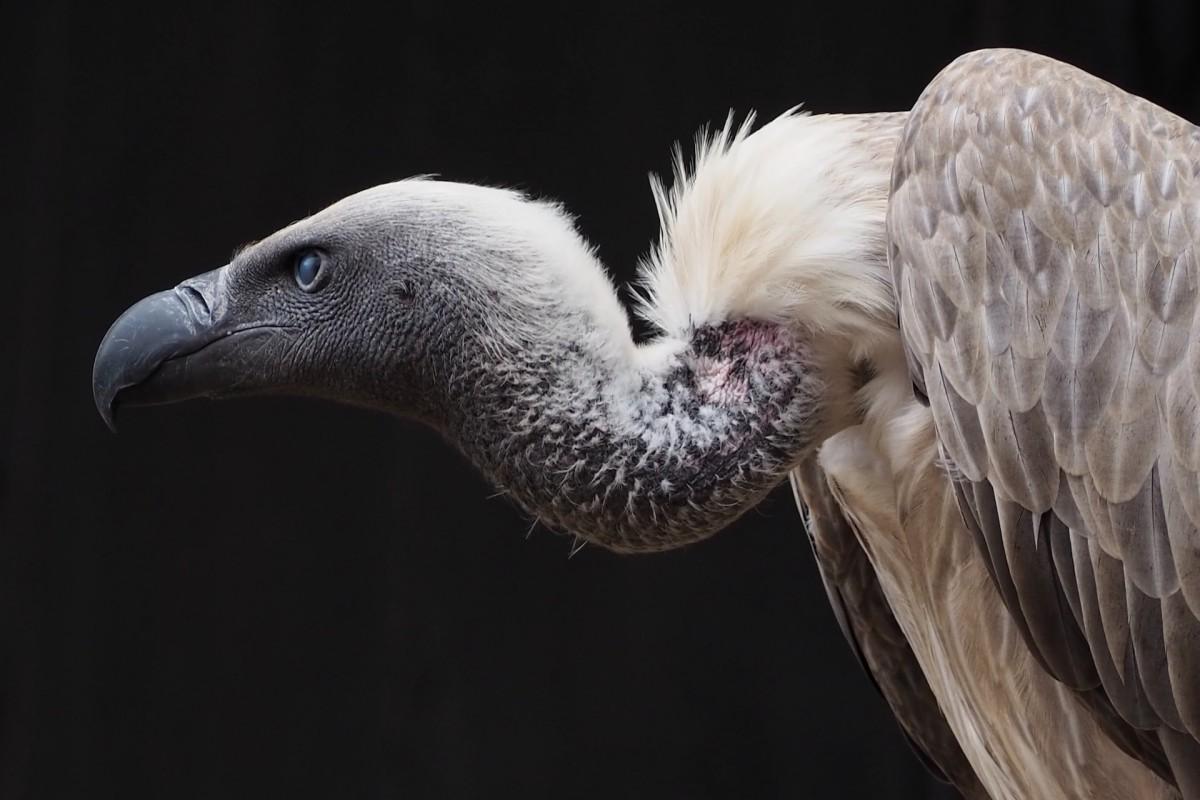
- Name: Cape vulture
- Scientific name: Gyps coprotheres
- Conservation status:
The Cape vulture, also known as the Cape griffon, is a species of Old World vulture endemic to southern Africa. It can be found in Eswatini, South Africa, Lesotho, Namibia, and Botswana, and lays one egg per year, in a nest located on cliff faces.
After being considered endangered until 2015, it has been down-listed to vulnerable in 2021 because of its stable and sometimes increasing numbers.
13. African clawless otter
- Name: African clawless otter
- Scientific name: Aonyx capensis
- Conservation status:
The African clawless otter, also known as the Cape clawless otter or the groot otter, is the second-largest species of freshwater otter in the world. It inhabits most of sub-Saharan Africa and can be found in permanent water bodies in savanna and lowland forest areas.
As its name implies, the African clawless otter does not have claws on its feet, but they are partly webbed, which is ideal for its semi-aquatic lifestyle.
—
So there you have them, these were my 13 wild animals in Eswatini. I hope you enjoyed this list and that you learned something new today.
In case you want to learn more about animals in the country, feel free to keep reading, as I still have lots of things to tell you about:
Endangered Animals of Eswatini
This is definitely the saddest part of the list, but it is very important to raise awareness. Because of this, let’s go through the list of endangered animals in Eswatini.
Here are the animals in danger of extinction in Eswatini.
- None
- Incomati suckermouth
- White-headed vulture
- White-backed vulture
- Hooded vulture
- Black rhino
- and 1 more…
- Black harrier
- Maccoa duck
- African savanna elephant
- Secretarybird
- Steppe eagle
- and 8 more…
To see the full list of endangered species in Eswatini, head over to the International Union for Conservation of Nature’s Red List.
What is the National Animal of Eswatini?
The national animal of Eswatini is Thomson’s gazelle.
Thomson’s gazelle, informally known as the tommie, is one of the most well-known species of gazelle in the world. There are more than 550,000 individuals living in eastern and southern Africa, and they are some of the most common gazelles on the continent.
After the cheetah, the pronghorn, and the springbok, Thomson’s gazelle is the fourth-fastest terrestrial animal in the world, reaching speeds of up to 90 km/h / 55 mph.
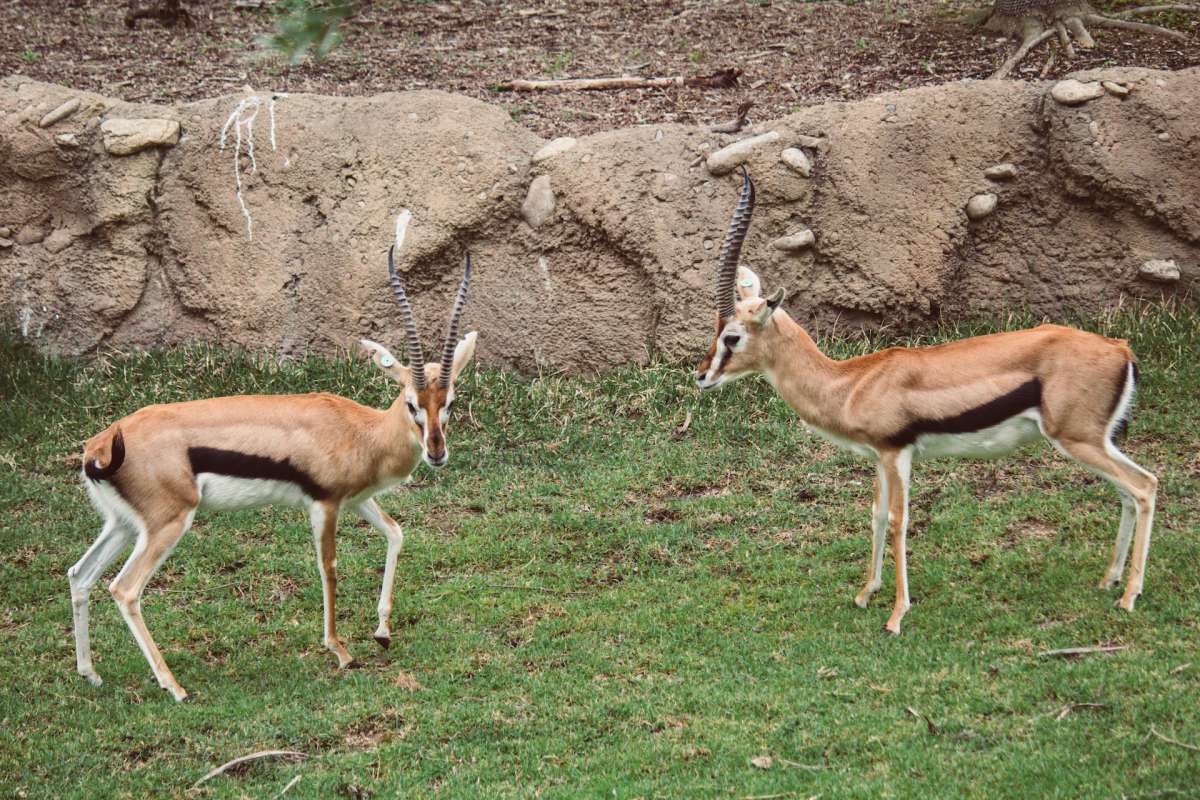
How Many Animals Native to Eswatini?
What is the diversity of native animals in Eswatini?
Let’s look at the total number of species of Chordata (mammals, birds, fishes, and reptiles).
Total number of animal species in Eswatini: 857 (14,205 in total in sub-Saharan Africa)
More About Animals in the World!
Loved these Eswatini animal facts? Want to see what animals live in other countries?
Then check out these posts:
Or click here to see ALL the facts up on the blog! Spoiler alert: there’s A LOT of them.
Share the knowledge! Click on the buttons below to share information about these famous animals in Eswatini with your friends, and help them learn more about the world 🙂
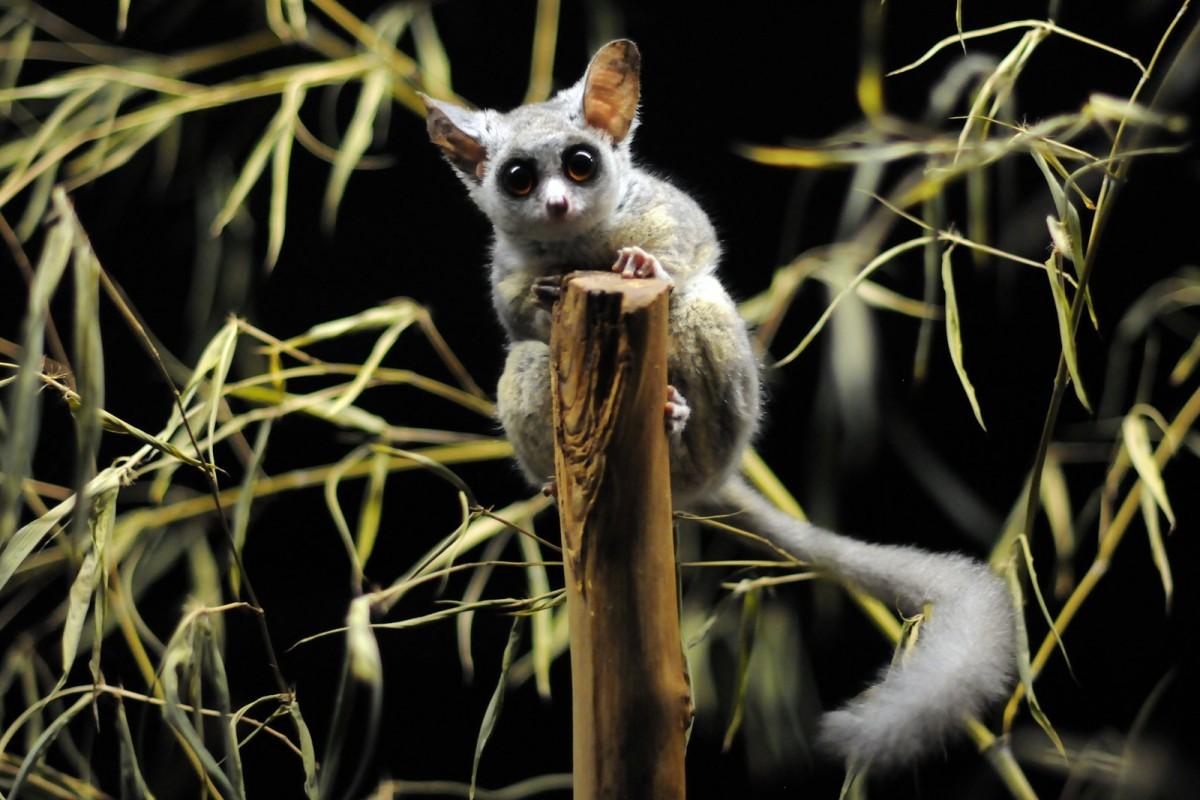
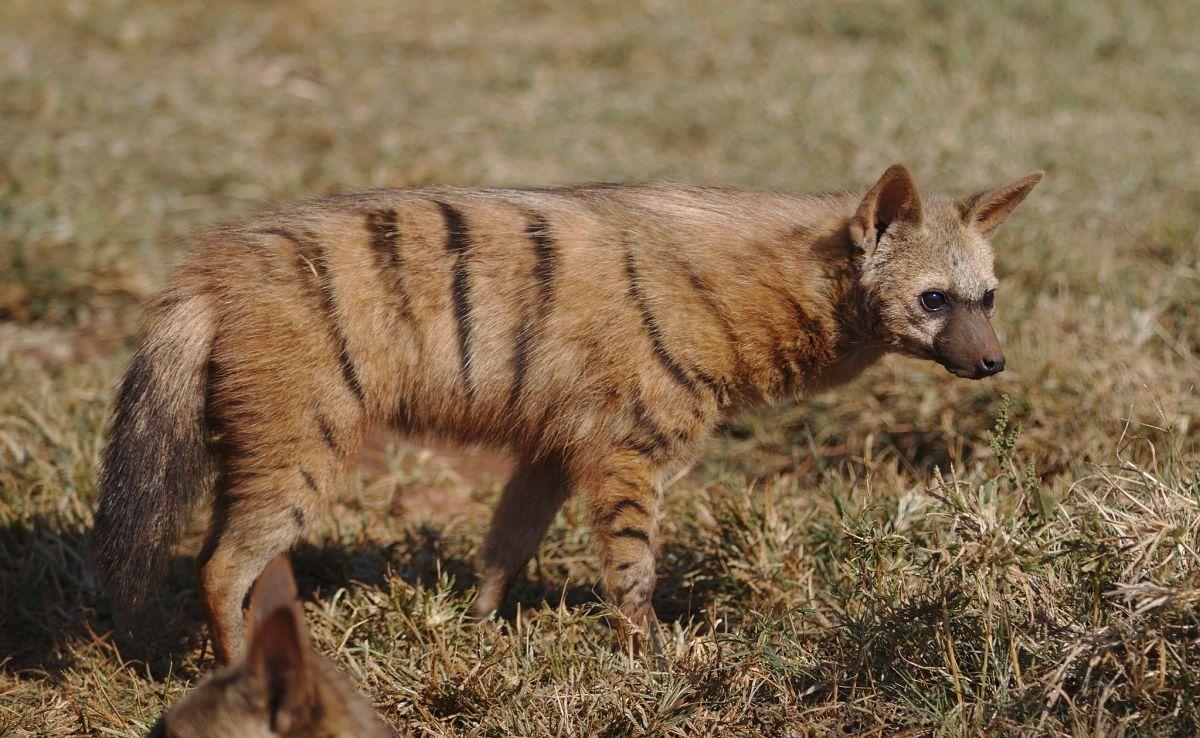
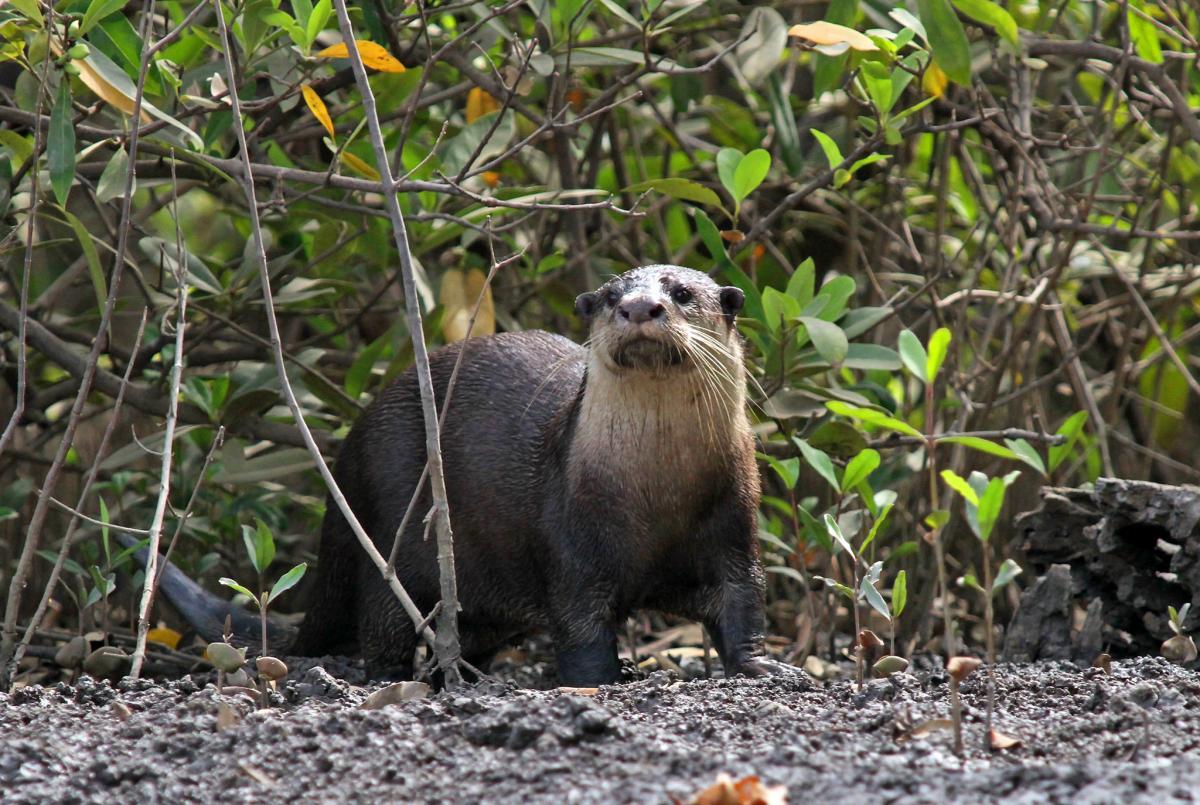

![18 Wild Animals in Luxembourg [Wildlife in Luxembourg]](https://www.kevmrc.com/wp-content/uploads/2022/06/18-wild-animals-in-luxembourg.jpg)
![19 Wild Animals in Israel [Wildlife in Israel]](https://www.kevmrc.com/wp-content/uploads/2022/06/19-wild-animals-in-israel.jpg)
![10 Wild Animals in Lesotho [Wildlife in Lesotho]](https://www.kevmrc.com/wp-content/uploads/2022/12/10-wild-animals-in-lesotho.jpg)